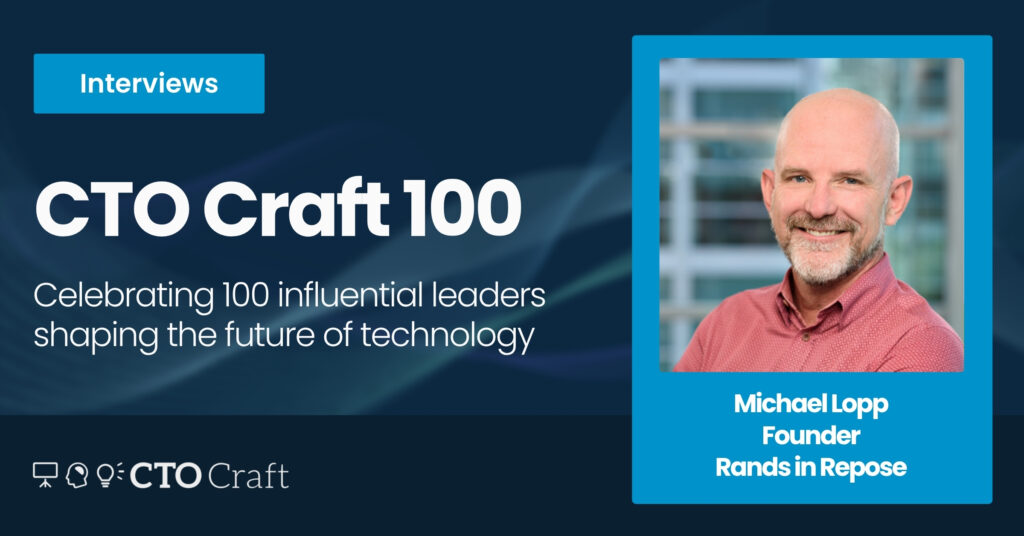Author, Engineering Leader and Founder of the Rands Leadership Slack, Michael Lopp’s primary focus right now is on understanding the AI revolution that has descended on us. “I’ve been through several similar revolutions in the last few decades, such as the arrival of the Internet and then the rise of Social. Both of these revolutions were ignited by technology, but have had repercussions far beyond the introduction of innovative new technology. A leader’s role is two-fold: understand the implications and forecast the consequences.”
Michael notes that we are still in the midst of understanding the implications of the AI revolution but that, from a personal perspective, he finds great value in using AI tools for prototyping, building ideas, and conducting research. While the inherent value is clear, however, a core question remains: what is the concrete value and how will humans adapt?
“As with all revolutions, the excitement is, well, noisy. A leader’s job is to find that signal and communicate it as clearly as possible. As with all revolutions, the enthusiasm is often loud and misguided. Humans worry about the future by making stuff up and telling their friends. While it’s noisy, their fear is actually a signal. It’s the first signal about potential consequences.”
One Million Eager Interns
Speaking to the future of the CTO role, Michael Lopp believes the biggest change in the next five years will be the integration of AI, which he likens to “one million eager interns.” The tools, while powerful, are inexperienced and require clear direction to be effective. “Interns are enthusiastic, but inexperienced. Interns represent the future of your workforce, but when they arrive, they slow you down because you have to teach them how to work.”
“The robots are devious because they have so much information, but they are interns. If you don’t point them in a direction, they’ll just sit there. Smiling ignorantly. They won’t do a thing unless you tell them.”
“A leader’s role, relative to the organisation, is to determine how to successfully graft one million eager interns into the organisation. The path of least resistance strategy is to assume the robots will replace more junior employees. Incorrect. The robots will replace the junior employees who have not figured out how to work adeptly with these tools.”
“I see these tools as an accelerant, and it’s the leadership’s job to prepare the organisation to embrace the accelerant.”
Human-Centric Leadership
Michael’s core leadership strategy remains a very human one however, “hire talented humans, put hard problems right in front of them, and support them in solving the hard problems.”
Download the full report here to explore the complete list, dive into the interviews, and take away ideas you can put into practice.

